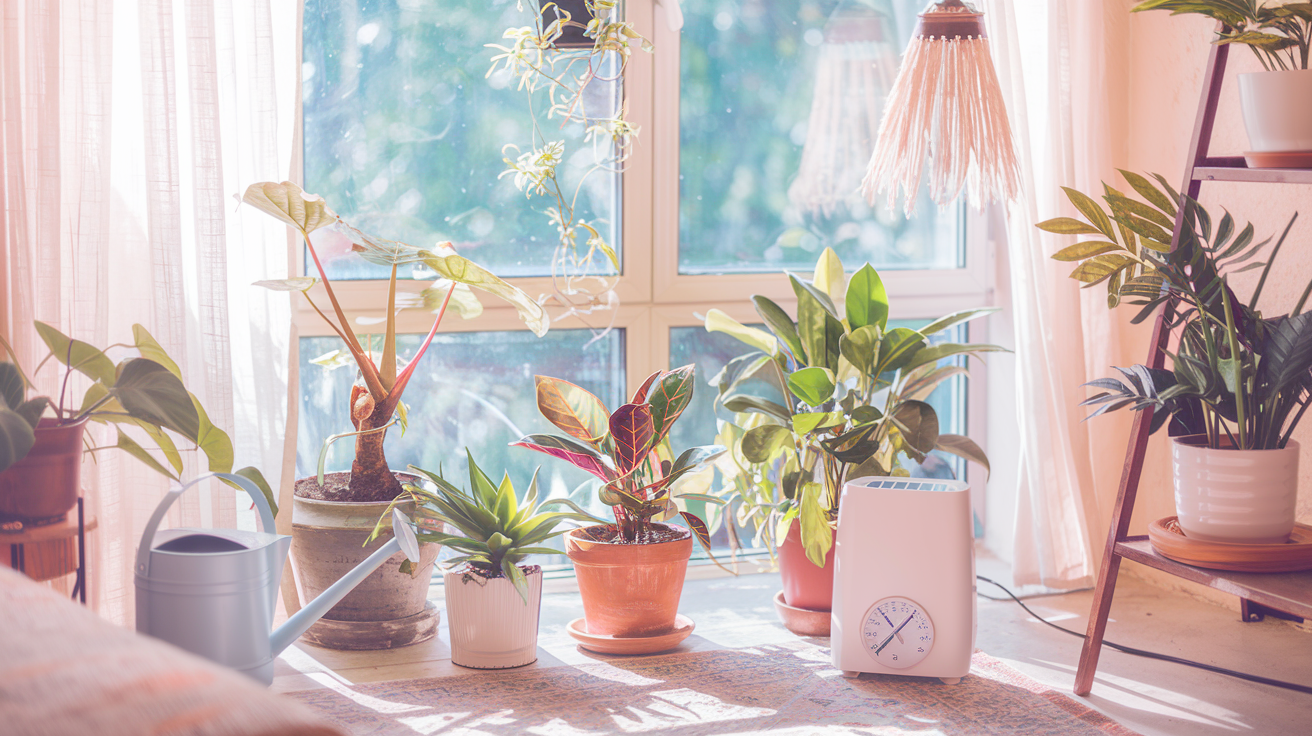Keep Your Green Friends Thriving: Tips for a Cozy, Healthy Winter
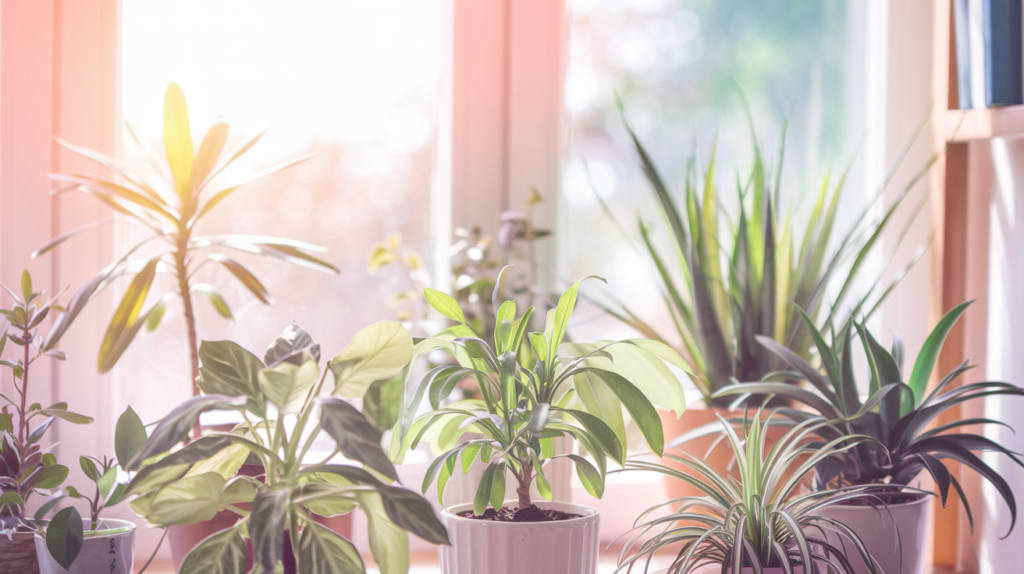
Did you know over 60% of American homes have indoor plants? These green friends can make any room feel brighter and more inviting. But keeping them healthy during the winter months can be challenging. Cold weather, limited daylight, and dry indoor air all contribute to making plant care more difficult.
Don’t worry, though—with the right tips, your indoor plants can stay healthy and even thrive throughout winter.
Key Takeaways
- Understand the unique challenges of caring for indoor plants in winter.
- Learn how to adjust watering, humidity, and light routines for colder weather.
- Discover temperature control and draft protection strategies to keep plants comfortable.
- Explore winter fertilizing and grooming practices to support plant health.
- Adapt your gardening approach to the specific needs of different plant types.
Some blog articles may contain affiliate links to products or services for which we may receive a commission on transactions. Some of the content on this blog site may be assisted by A.I. generators.
Thank you for visiting our blog!

Understanding the Challenges of Indoor Plant Care in Winter
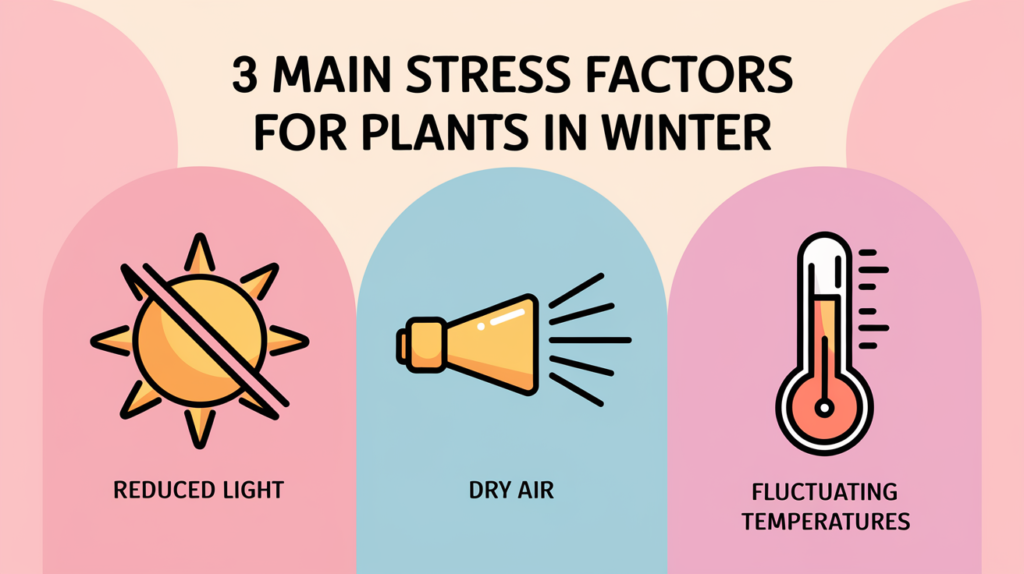
When temperatures drop and daylight hours shorten, indoor plants face big challenges. Recognizing these challenges is key to keeping your houseplants strong and healthy throughout the colder months.
Common Winter Plant Stress Factors
The main stressors for indoor plants during winter are:
- 🌞 Reduced light from shorter days and a weaker sun.
- 💨 Dry air from indoor heating, causing plants to lose moisture.
- 🌡️ Temperature fluctuations from heating and drafts.
How Cold Weather Affects Indoor Plants

Winter weather can significantly affect plant health. Less light reduces photosynthesis, resulting in slower growth and loss of vibrancy. Dry air from heating can lead to wilting or browning leaves, while sudden cold temperatures can cause shock or even plant death.
Signs of Winter Plant Distress
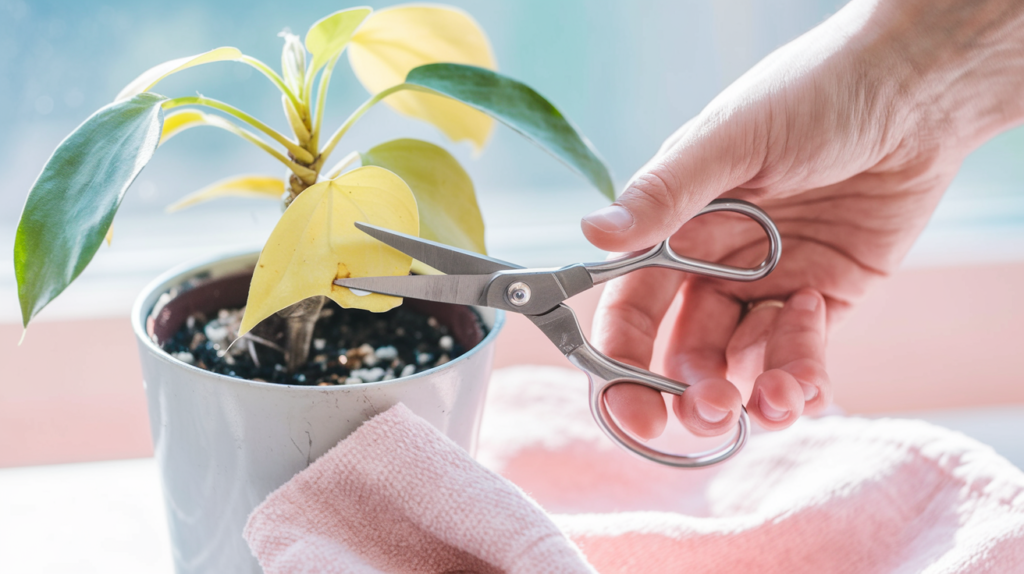
Keeping an eye on your plants during winter is crucial. Look out for these signs of trouble:
- Wilted or drooping leaves
- Discolored or yellowing foliage
- Stunted growth or lack of new leaves
- Premature leaf drop
- Increased pest issues or diseases
By understanding these challenges and watching your plants closely, you can prevent issues before they become major problems. Let’s move on to some crucial indoor plant care tips for winter success.
Essential Indoor Plant Care Tips for Winter Success
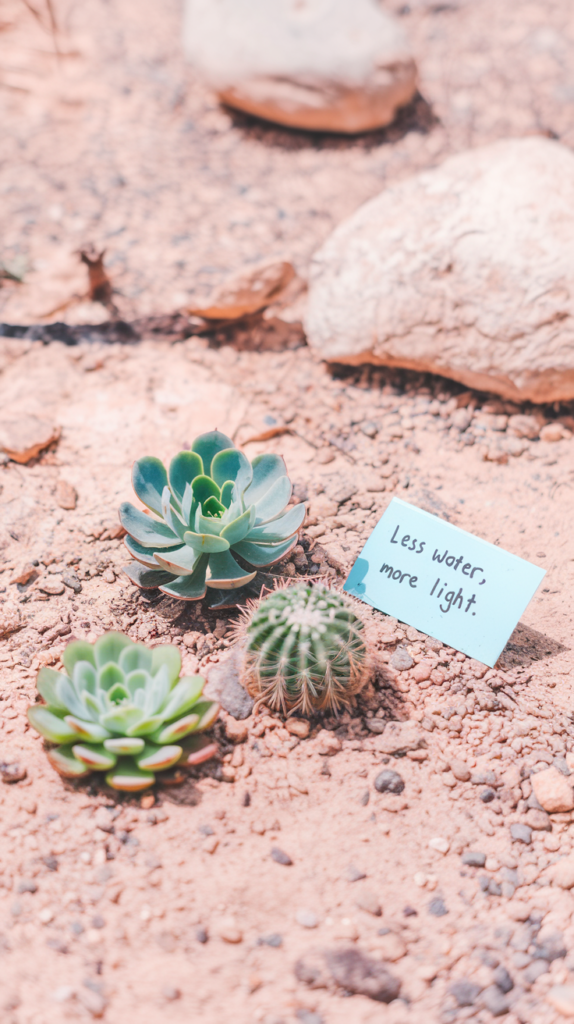
Winter is here, and adapting your plant care is key to keeping them happy. Adjusting watering schedules, maximizing sunlight, and controlling humidity will all help your plants survive and thrive.
Adjust Watering Routines
During winter, plants drink less water because they’re less active. Over-watering can easily harm them, leading to root rot. Always check soil moisture before watering, and only water when the top layer feels dry. Aim for a moderate watering schedule that matches your plant type.
Maximize Sunlight Exposure
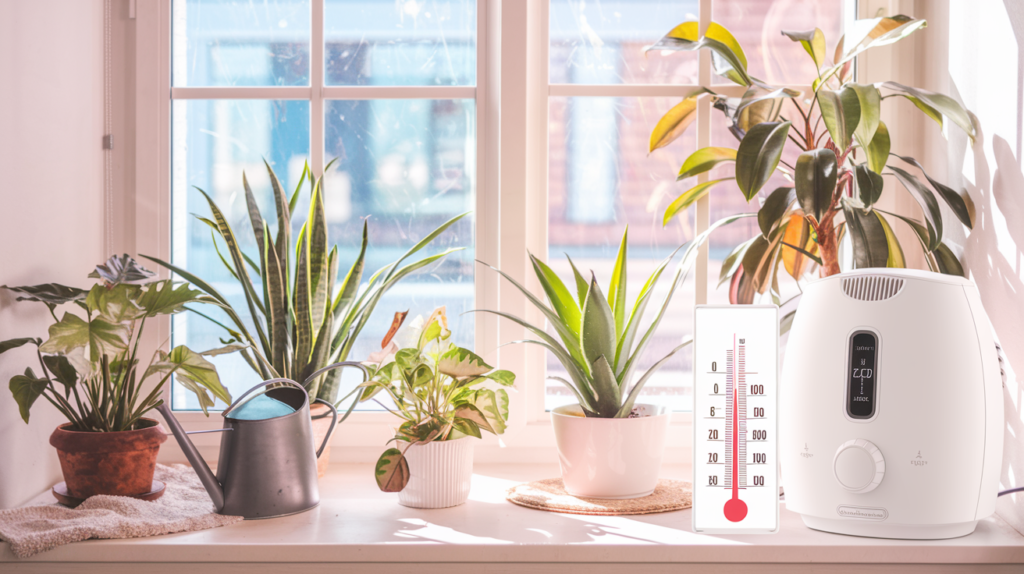
Winter brings shorter days, meaning less natural light for your indoor plants. Place your plants near sunny windows and consider using grow lights to supplement their light exposure. Rotate plants periodically to ensure all sides get equal access to sunlight.
Maintain Proper Humidity Levels
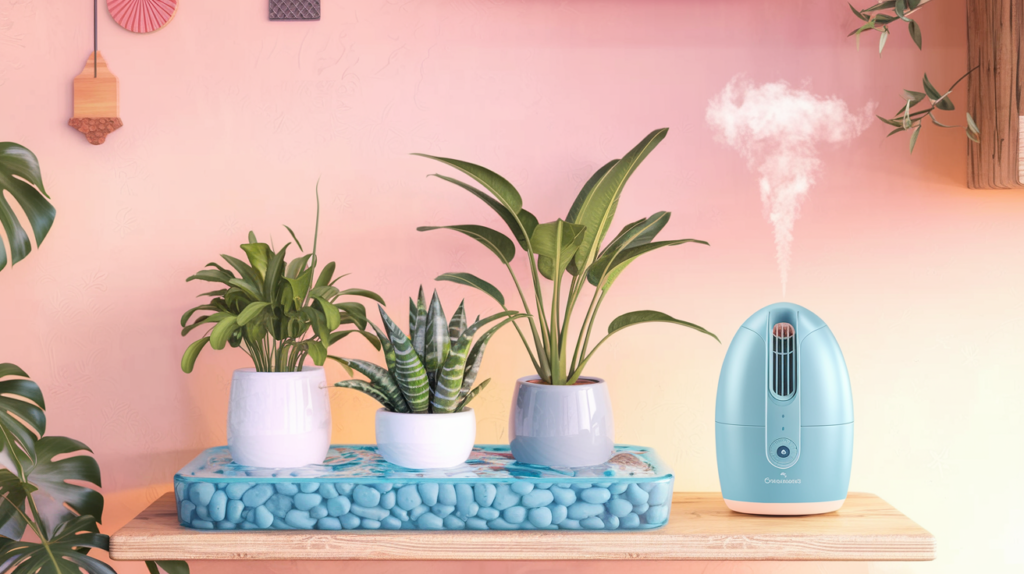
Avoid Drafts and Temperature Fluctuations
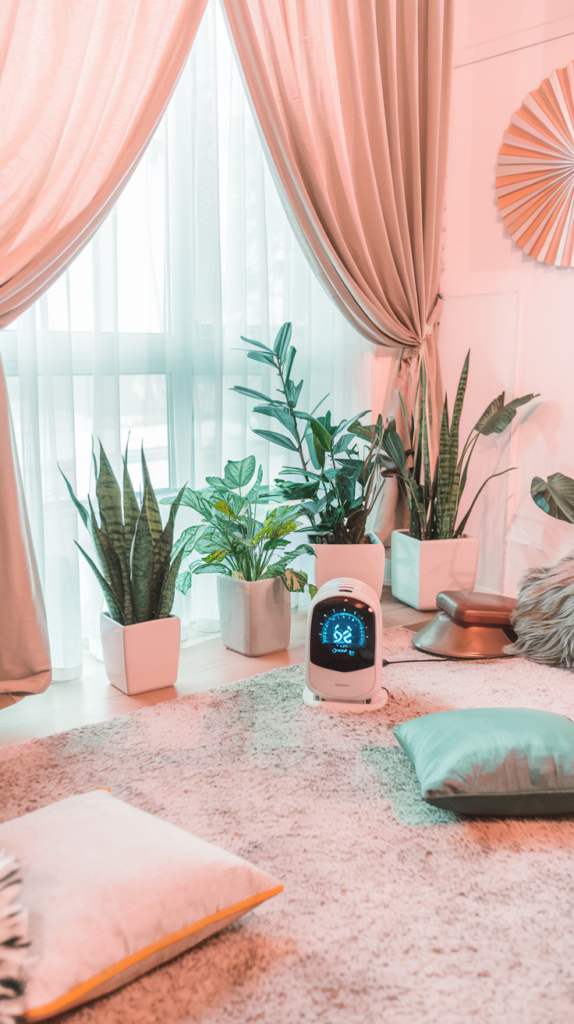
Temperature fluctuations can stress plants. Keep them away from cold drafts, vents, or frequently opened doors. Aim for a consistent, steady temperature to help them remain comfortable.
By following these winter gardening tips, your indoor space can stay lush and green throughout the colder months.

Adjusting Care Routines for Different Plant Types
Not all indoor plants need the same care during winter. Tailoring your approach to each plant’s unique needs is crucial for a thriving indoor garden.
Tropical Plants
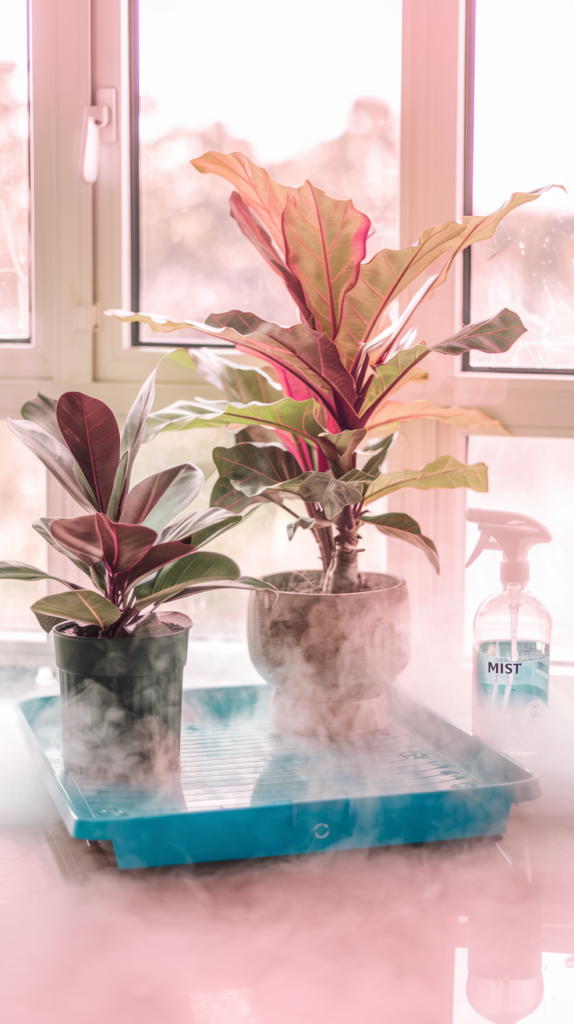
Tropical plants like philodendrons and fiddle-leaf figs love warmth and humidity. During winter, they struggle with the dry air and reduced light. Mist their leaves regularly, use a humidity tray, and ensure they get bright, indirect light.
Succulents and Cacti
Succulents and cacti are well-suited to winter care, as they require less water when temperatures drop. Overwatering is the biggest danger—ensure the soil dries out completely between waterings. Keep them in a spot with plenty of light to maintain their health.
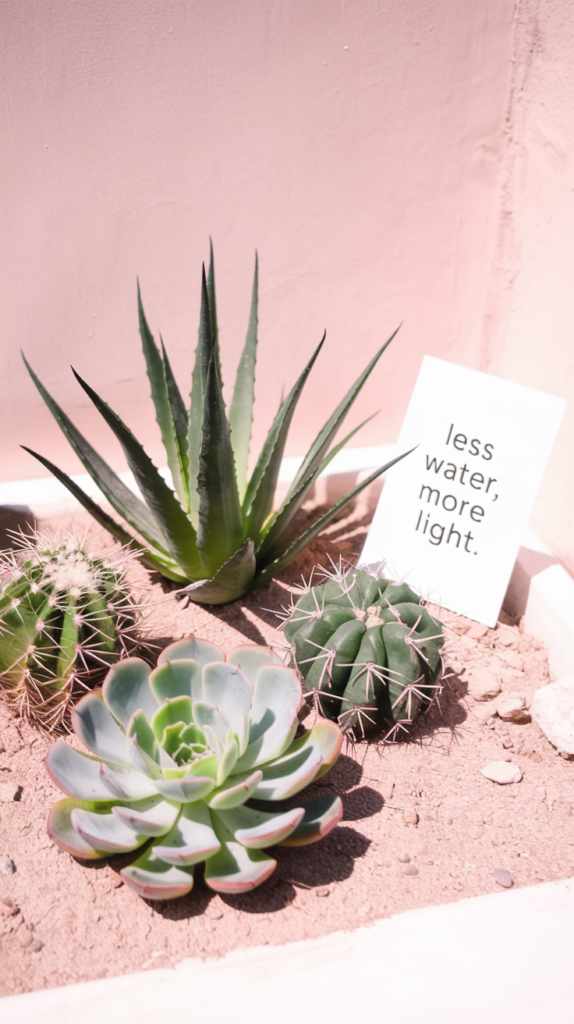
| Plant Type | Watering Needs | Lighting Requirements |
|---|---|---|
| Tropical Plants | Moderate, maintain moisture | Bright, indirect light |
| Succulents/Cacti | Infrequent, let soil dry out | Bright, direct light |
Proper Watering Techniques During Cold Weather
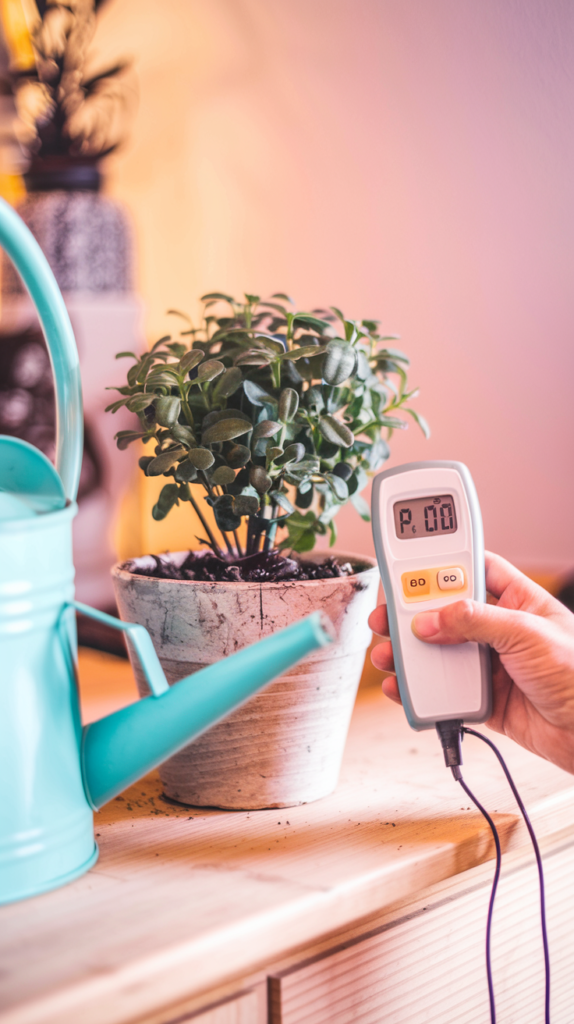
Consider using a moisture meter to check soil moisture levels before watering. This simple tool helps prevent over-watering, which is crucial during winter. You could also illustrate this tip with a visual aid for social media to boost engagement.
During the winter, it’s crucial to avoid over-watering your indoor plants. Over-watering can lead to root rot, fungal infections, and ultimately plant death. Always check soil moisture before watering and opt for room-temperature water to prevent shocking the roots.

Tips for Proper Watering During Winter:
- Avoid over-watering: Prevent root rot by watering less frequently.
- Adjust frequency: Base watering schedules on plant types and home conditions.
- Use room-temperature water: It’s gentler and helps prevent nutrient uptake issues.
Maintaining Optimal Humidity Levels for Indoor Plants
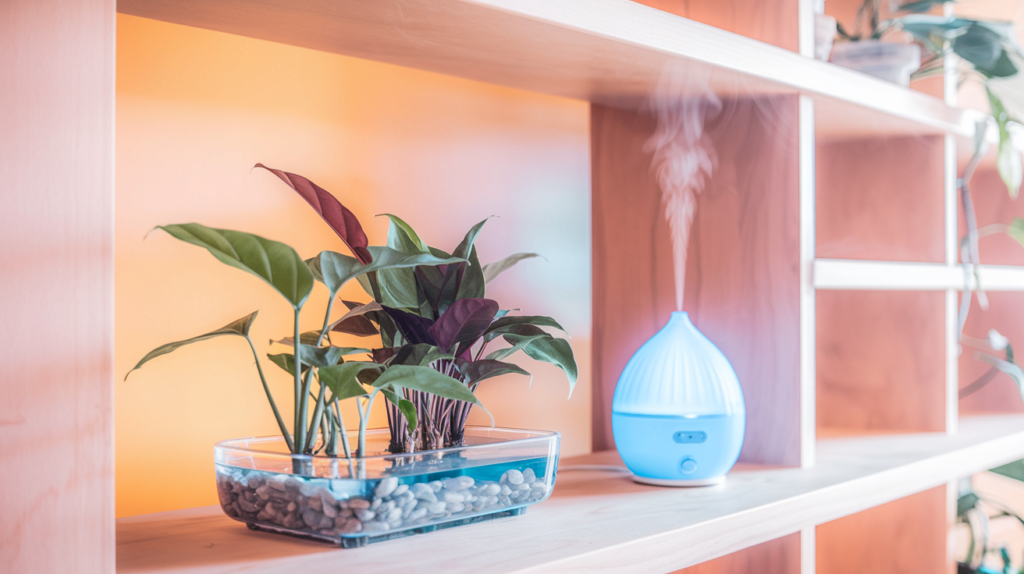
Winter air can be extremely dry, which impacts your indoor plants. Here are some ways to keep the humidity just right for them:
Using Humidity Trays and Misters
Humidity trays are easy to set up. Fill a shallow tray with pebbles and water, and place your plant pots on top—as the water evaporates, it will add humidity. Misting your plants regularly can also help, particularly for tropical varieties.
Grouping Plants for Better Moisture
Grouping plants together creates a naturally more humid environment. The plants’ combined transpiration helps keep the surrounding air moist, providing much-needed humidity during dry months.
Light Requirements and Solutions During Shorter Days
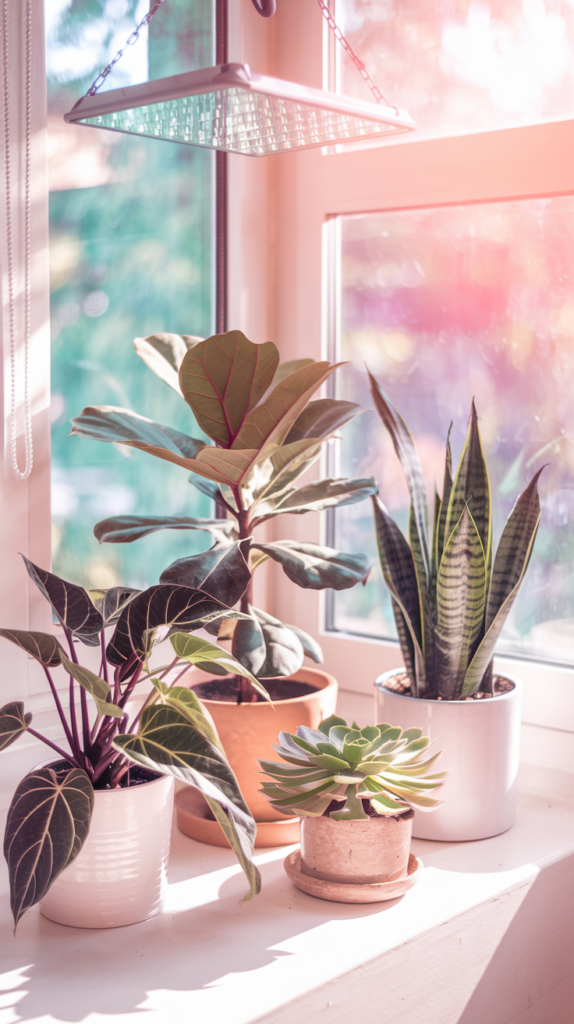
Ensuring your indoor plants get enough light during winter can be challenging. Here’s how to help:
- Position plants near windows where they can get the most light possible.
- Rotate plants regularly to ensure even exposure.
- Use grow lights if your home has limited natural light, especially for succulents and flowering plants.
| Plant Type | Optimal Light Exposure |
| Succulents | 6-8 hours of direct sunlight |
| Flowering plants | 12-14 hours of bright, indirect |
| Foliage plants | 8-10 hours of bright, indirect |
Temperature Control and Draft Protection
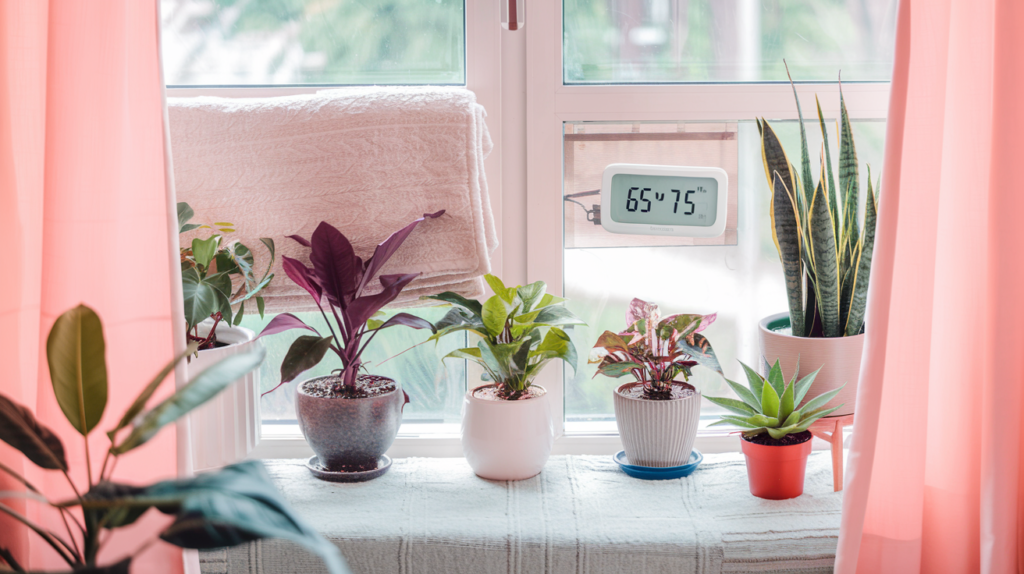
Maintaining the right temperature range is crucial for plant health during winter. Consider a simple illustration showing how to keep plants insulated from drafts, such as using curtains or blankets. Most indoor plants prefer temperatures between 60°F and 85°F. Keep plants away from drafty windows, use insulating curtains, and group plants to help them retain warmth.
Winter Fertilizing and Nutrition Guidelines
In winter, plant growth slows down, meaning they need less food. Reduce your fertilizer application to every 4-6 weeks and use a diluted, balanced fertilizer. Avoid over-fertilizing, which can damage your plants’ roots during their dormancy.
| Plant Type | Winter Fertilization Recommendation |
| Flowering Plants | Fertilize every 6-8 weeks at half-strength |
| Foliage Plants | Fertilize every 4-6 weeks at quarter-strength |
| Succulents and Cacti | Fertilize every 8-10 weeks at quarter-strength |
Plant Grooming and Maintenance Practices
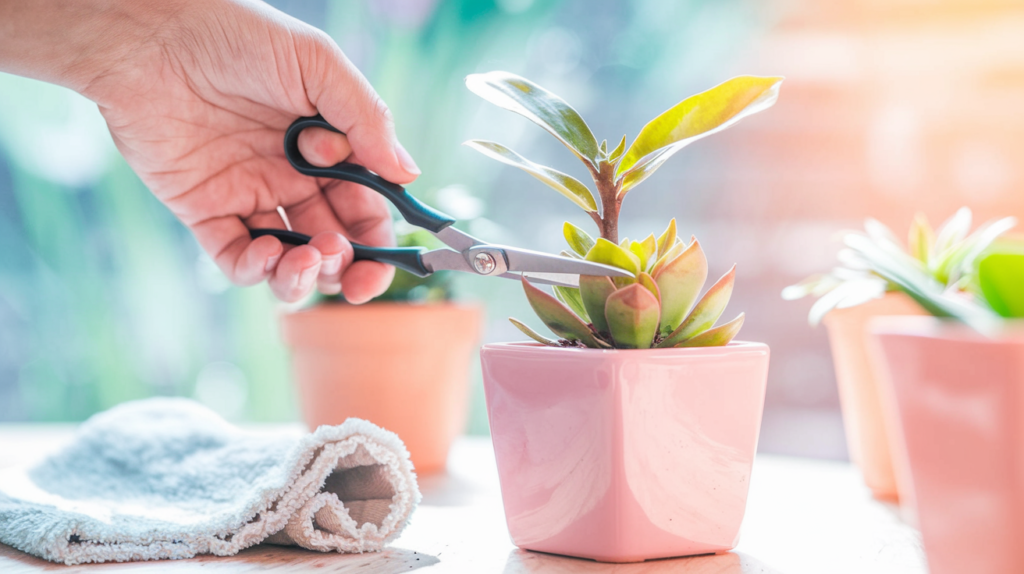
Winter is a great time to groom and maintain your indoor plants. Trim off dead or yellowing leaves to encourage healthy growth and prevent disease. Also, clean dust off leaves to help plants absorb as much light as possible during these short days.
Frequently Asked Questions

How do I adjust my indoor plant care routine for the winter?
Change how you care for indoor plants in winter by watering less and maintaining proper humidity. Make sure they get enough light and keep them away from cold drafts.
How can I protect my indoor plants from the dry winter air?
Use a humidifier, mist the plants, or place them on pebble trays. Grouping plants together also helps maintain moisture.
What are the signs of winter stress in indoor plants?
Signs include wilting, yellowing leaves, and stunted growth. Address these problems promptly to help your plants recover.
How often should I water my indoor plants in the winter?
Water less frequently, checking the soil moisture first. Only water when the top soil feels dry.
Do I need to fertilize my indoor plants during the winter?
Most indoor plants need very little fertilizer in winter. Use a diluted, low-nitrogen formula to avoid excessive growth.
How can I ensure my indoor plants receive enough light during the winter?
Use grow lights, position plants in sunny spots, and rotate them to ensure even exposure.
What’s the best way to protect my indoor plants from cold drafts?
Keep plants away from windows, use insulating materials, and group them together to retain warmth.
How do I properly prune and maintain my indoor plants in the winter?
Prune lightly to remove damaged or dead parts, dust the leaves regularly, and avoid heavy pruning until spring.
Some blog articles may contain affiliate links to products or services for which we may receive a commission on transactions. Some of the content on this blog site may be assisted by A.I. generators.
Thank you for visiting our blog!
